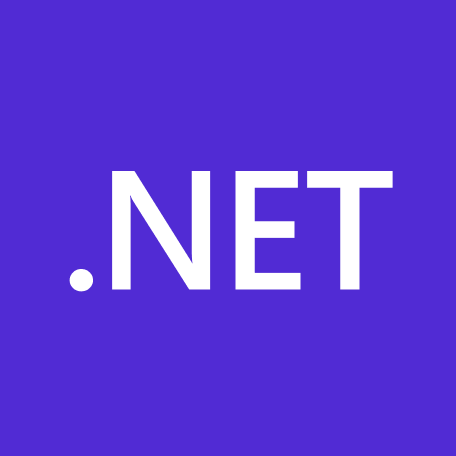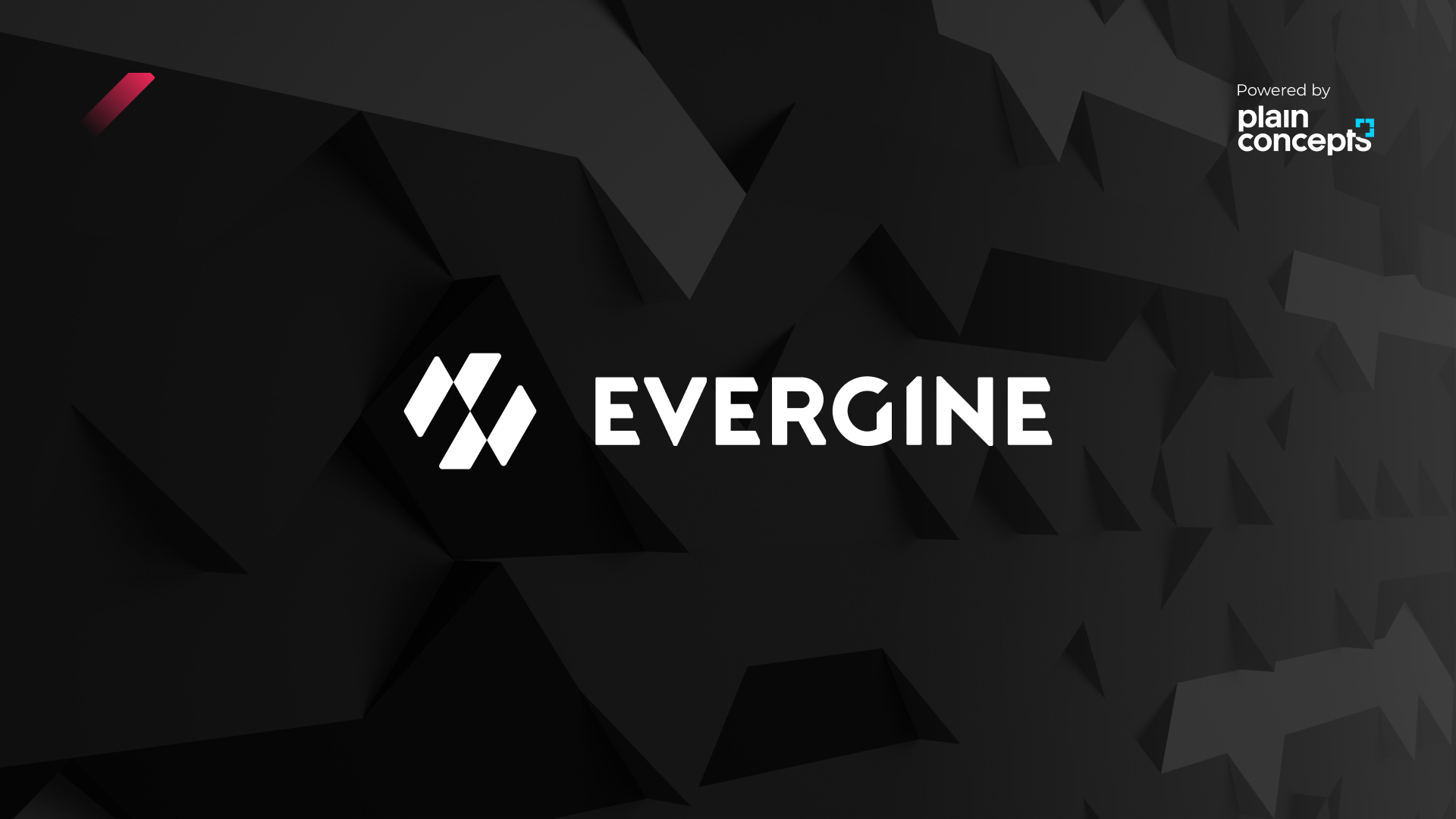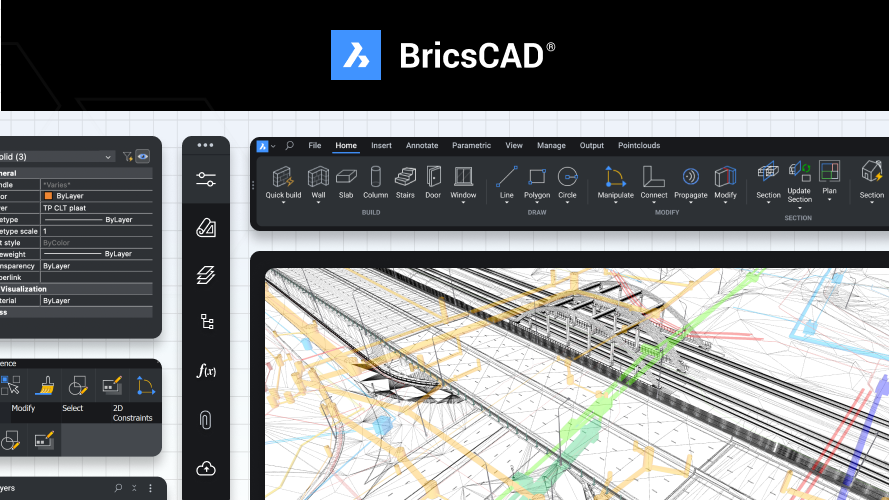As others have mentioned, Linux is not platform for professional CAD. Though in my opinion, it's not (just) the CAD and Linux desktop issue, but everything else that comes with the job, such as PDM/PLM software, 3rd party add-ons (CAM, rendering, simulation...), suppliers' software (e.g. Festo FluidDraw, Bosch MTPro...). So even if Alibre was available for Linux (or MacOS), it doesn't mean users could and would switch from Windows.
But also, not all users have the same requirements, and for some, CAD is just enough. Or it's significant part of daily work, so they can actually justify to use VM from time to time for some other stuff or in multi-user environment, some PCs could be with Linux and some with Windows
And while there are some professional (M)CAD programs for Linux (VariCAD, OnShape, BricsCAD, Ares Commander), they are all bit different from traditional and mostly used MCADs. OnShape aims to be better SW replacement, but it's licensing model, prices and lack of options for local first data handling will turn down many companies/users. So Alibre would probably be the best option for MCAD work.
In my opinion, Atom3D might be attractive to Linux (non-Windows) users. I don't know if it's worth porting, but maybe enabling it to work via Wine (CrossOver/Steam Proton) would be enough. Even if it wouldn't be officially supported but if it just worked, that would be enough for many. I don't know if someone has considered to distribute it via Steam, and make it even easier for hobby users and small workshops, though I'm not sure how updates and payments can be handled in that case.










